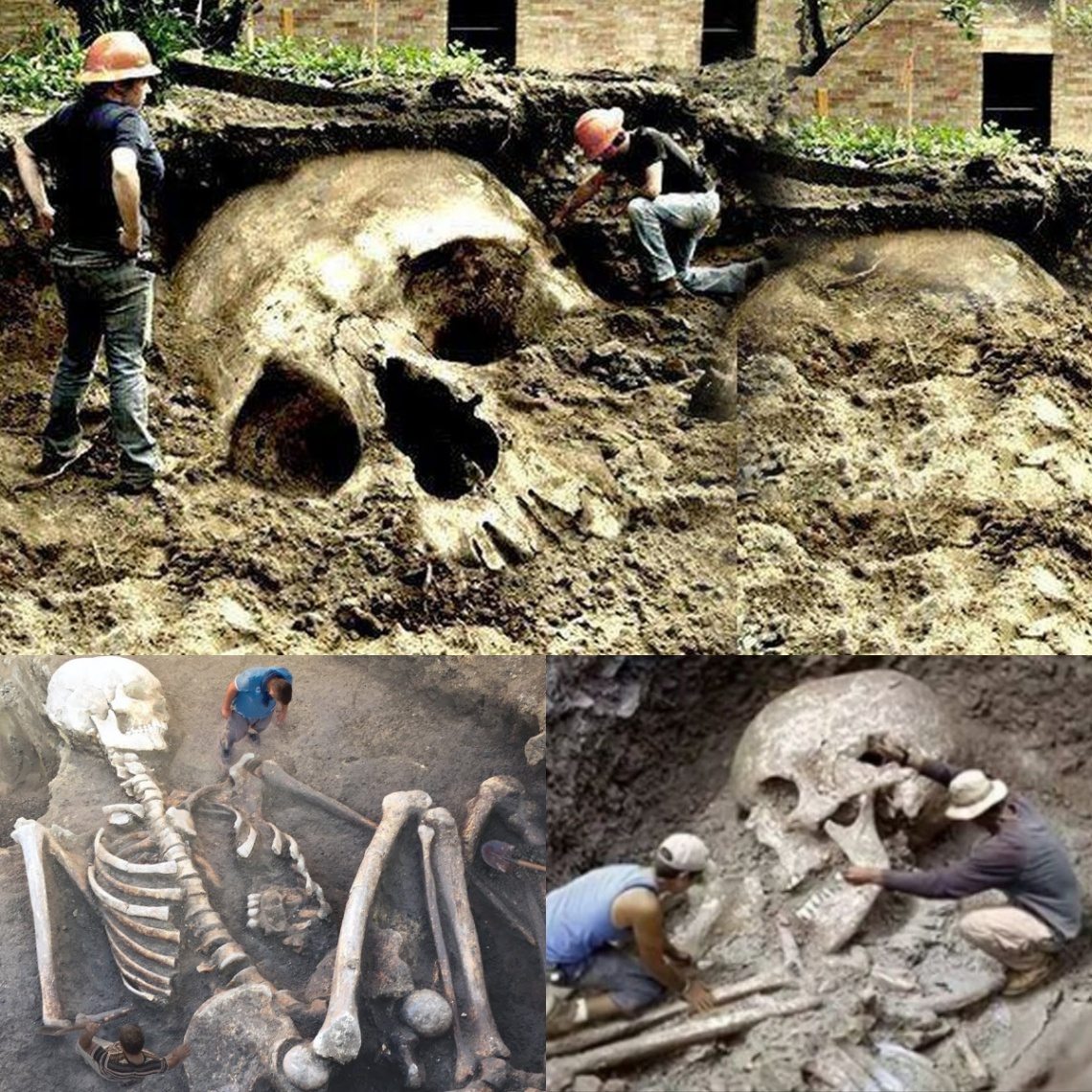For centuries, the highlands of Ethiopia have been a cradle of human history. Known as one of the earliest centers of human civilization, the region has offered archaeologists priceless discoveries, from ancient churches carved into solid rock to fossils that shaped our understanding of human evolution. Yet, among Ethiopia’s most mysterious stories lies one that continues to spark fascination: the so-called “City of Giants.” Recent archaeological excavations suggest that ancient settlements in this region may hold secrets capable of reshaping the way we perceive humanity’s distant past.
The Origins of the Mystery
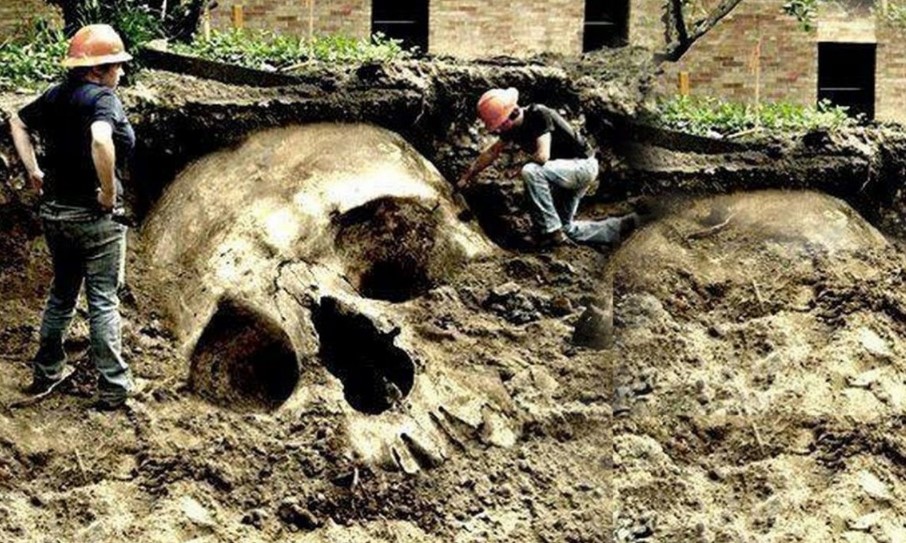
Ethiopia has long been a place where myth and history intertwine. Local legends speak of colossal beings who once walked the land, building vast structures beyond the ability of ordinary humans. These tales, passed down through generations, became part of the cultural identity of the people. While dismissed for years as folklore, new archaeological findings are compelling researchers to take a second look at these stories. Could they hold fragments of truth buried within their symbolic language?
In the early 21st century, teams of archaeologists began to uncover remnants of a sprawling settlement near Harlaa, in eastern Ethiopia. What they found was astonishing: massive stone foundations, intricately carved buildings, and evidence of a city that thrived centuries ago. The size of the structures, along with oral traditions of the “Harlaa people,” who were described as unusually large and powerful, led locals to call it the “City of Giants.”
Harlaa: A Forgotten Trade Hub
Excavations at Harlaa revealed that the so-called “City of Giants” was not just a mythical land but a vibrant urban center dating back over 1,000 years. Researchers discovered evidence of advanced craftsmanship, including beads, pottery, and coins from as far away as Egypt, India, and even China. This suggests that Harlaa was a bustling hub in the global trade networks of the medieval world.
The sheer scale of the architecture set it apart from surrounding settlements. Walls and stone blocks were significantly larger than those typically found in domestic structures of the time, fueling speculation that the builders possessed extraordinary strength—or at least advanced engineering techniques. For the people living nearby, the only logical explanation was that giants must have built the city.
Myth Meets Archaeology
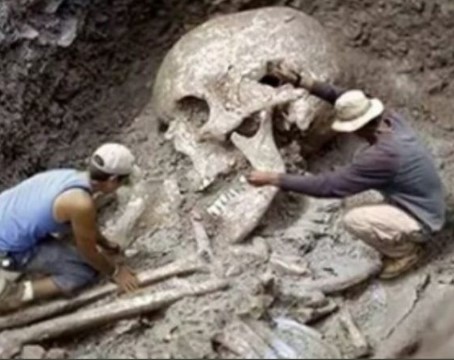
The label “City of Giants” may be poetic, but it reflects the deep respect local communities had for the city’s builders. In truth, archaeologists believe the settlement was home to highly skilled craftspeople and merchants, not mythical beings. Their ability to construct enduring stone architecture, alongside their role in international trade, points to a society far more sophisticated than previously imagined.
Still, the persistence of the giant legends raises an intriguing question: why did so many cultures across the world—from Mesopotamia to the Americas—speak of towering beings in their myths? In Ethiopia, these stories may symbolize the grandeur and strength of ancestors whose works seemed superhuman when compared with later generations.
Rethinking Human History in the Horn of Africa
The discovery of Harlaa’s ruins has implications far beyond Ethiopia. It challenges outdated narratives that portray Africa as isolated from global commerce and cultural exchange during the medieval period. Instead, it places Ethiopia at the center of a vast web of trade routes that connected Africa, the Middle East, and Asia.
Moreover, the sophistication of Harlaa demonstrates how African civilizations developed independently, with their own architectural styles, trading systems, and spiritual traditions. For years, the contributions of African societies to world history were underestimated or overlooked. The “City of Giants” is a striking reminder that these communities were not passive recipients of outside influence but active participants in shaping global civilization.
Spiritual and Cultural Significance
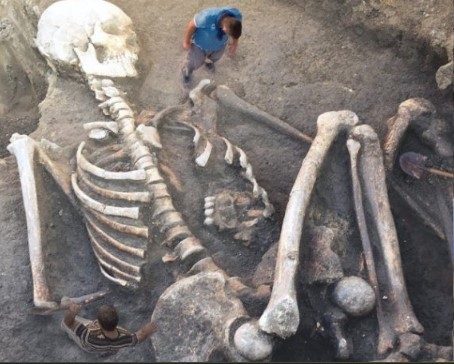
Archaeological work at Harlaa has also uncovered Islamic graves, mosques, and religious artifacts. These discoveries reveal that the city was a multicultural and multi-faith community, integrating local traditions with global belief systems. The presence of mosques suggests that Harlaa played an important role in the spread of Islam in East Africa, further emphasizing its global connections.
For local people, the city remains more than a collection of ruins. It represents a bridge between legend and reality, between mythic giants and human ancestors who achieved extraordinary feats. This cultural resonance underscores the importance of preserving the site and continuing research.
Giants Across World Myths
The Ethiopian “City of Giants” is not an isolated story. From the biblical Nephilim to the Greek Titans and the Norse Jotunn, myths of giants echo across civilizations. Some historians believe these stories represent symbolic exaggerations of real people who were taller or stronger than average. Others suggest they reflect humanity’s awe at the monumental architecture left behind by ancient societies.
In Ethiopia, the legend of giants may have arisen from the sight of massive stone blocks and grand ruins whose creators were long forgotten. Without written records to explain how such achievements were possible, oral traditions transformed anonymous builders into legendary beings of immense size.
The Role of Science in Decoding Legends
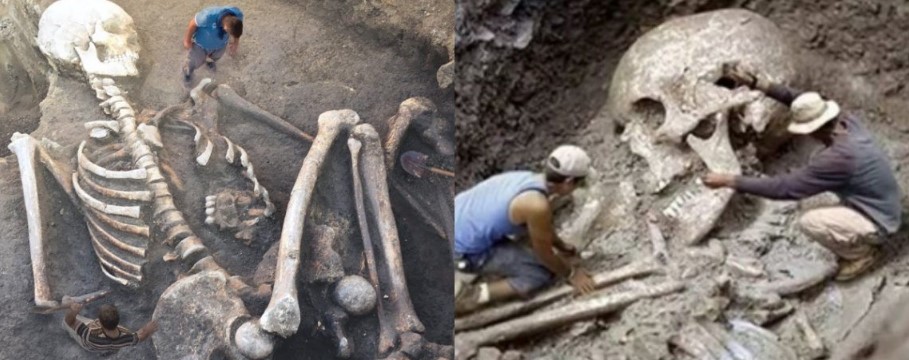
While myths should not be taken literally, they often preserve kernels of historical truth. Archaeology provides the tools to separate fact from folklore. By analyzing artifacts, architecture, and trade evidence, researchers can reconstruct the lives of the real people who built the “City of Giants.”
For instance, isotopic studies of ancient human remains can reveal details about diet and migration. Excavations of workshops can uncover the tools and methods used in construction. Such investigations demonstrate that what once seemed impossible—such as moving large stone blocks—was achieved with ingenuity, organization, and community effort, not supernatural strength.
Why the Discovery Matters Today
The unearthing of the “City of Giants” holds lessons for both Ethiopia and the world. It enriches Ethiopian heritage, strengthening national identity and pride in a past too often overshadowed by colonial narratives. It also highlights the need to preserve archaeological sites from modern threats, such as urban expansion, looting, and climate change.
Globally, the story challenges assumptions about human history. It reminds us that civilizations across Africa, Asia, and the Americas contributed equally to the progress of humanity. By studying sites like Harlaa, we gain a more accurate, inclusive understanding of our shared past.
Future Prospects for Research
The work at Harlaa is ongoing, and archaeologists believe much more remains hidden beneath the soil. Ground-penetrating radar, DNA analysis, and other technologies promise to reveal further secrets about the people who built this remarkable city. Each new discovery may shed light on trade routes, cultural exchanges, and innovations that connected Ethiopia to the wider medieval world.
There is also growing interest in making the site accessible to the public. Developing sustainable tourism around Harlaa could bring economic benefits to local communities while encouraging cultural preservation. Such initiatives must balance public access with the responsibility of protecting fragile archaeological remains.
Conclusion: A Legacy Beyond Giants
The “City of Giants” in Ethiopia captures the imagination because it blurs the line between legend and reality. While the ruins were not built by mythical beings, their scale and sophistication explain why generations of storytellers turned to giants for answers. Today, archaeology offers a more grounded explanation—one that does not diminish the wonder of the site but enhances it.
By unearthing Harlaa, we rediscover a civilization that was global in reach, advanced in craft, and enduring in cultural memory. In doing so, we do not rewrite human history so much as restore a missing chapter—one in which Ethiopia stands proudly as a cornerstone of the world’s shared heritage.
